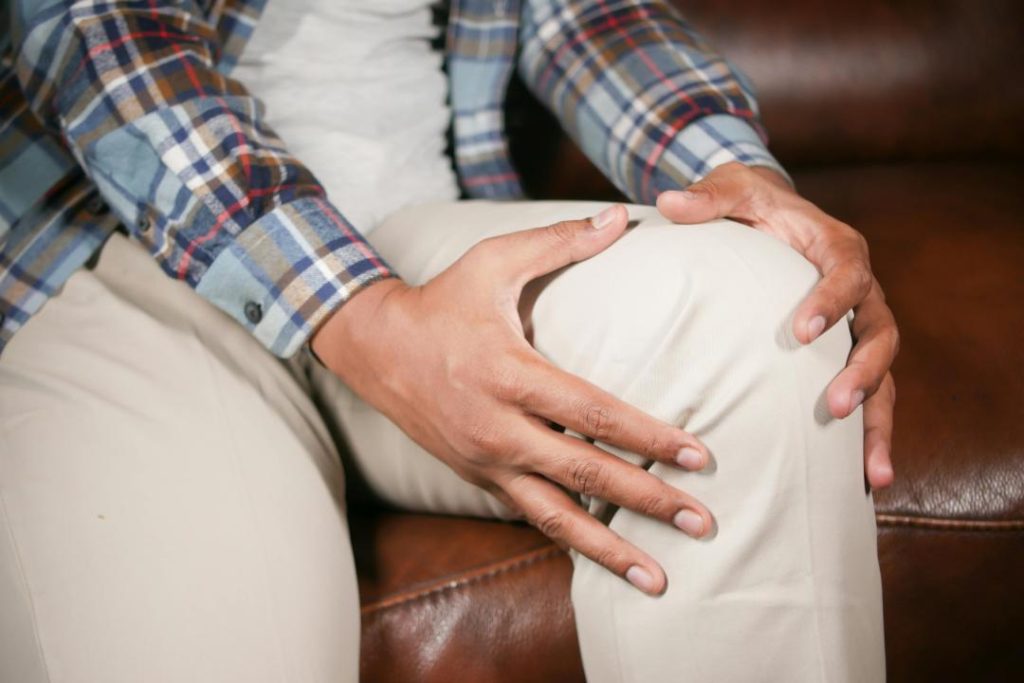
New Study Shows Weak Thigh Muscles Raise Knee Osteoarthritis Risk
Knee osteoarthritis is a common condition that affects millions of people worldwide. It’s a degenerative joint disease that causes the cartilage in the knee joint to wear away, leading to pain, stiffness, and limited mobility. While there are several risk factors for developing knee osteoarthritis, a new study has identified a previously unknown contributor: weak thigh muscles.
Published in the British Journal of Sports Medicine, the study analyzed data from over 46,000 people and found that individuals with weak thigh muscles, particularly the quadriceps, are at a higher risk of developing knee osteoarthritis. The research suggests that building leg strength through exercises such as squats, lunges, and leg press could help protect joint health and lower the risk of long-term knee damage.
The study, which was conducted by researchers at the University of Nottingham, involved analyzing data from the UK Biobank, a large database of genetic and health information from over 500,000 people. The researchers used a combination of muscle strength tests and knee X-rays to assess the participants’ thigh muscle strength and knee joint health.
The results showed that individuals with weak thigh muscles were more likely to develop knee osteoarthritis, regardless of their age or body mass index (BMI). In fact, the study found that for every 10% decrease in quadriceps strength, the risk of developing knee osteoarthritis increased by 12%.
So, what does this mean for individuals who are at risk of developing knee osteoarthritis? The study’s findings suggest that building leg strength through exercises such as squats, lunges, and leg press could help protect joint health and lower the risk of long-term knee damage.
But why are weak thigh muscles a risk factor for knee osteoarthritis? According to the researchers, the quadriceps muscle plays a crucial role in stabilizing the knee joint and helping to distribute the force of weight-bearing activities. When the quadriceps muscle is weak, it may not be able to provide adequate support to the knee joint, leading to increased stress and strain on the joint.
This increased stress and strain can cause the cartilage in the knee joint to break down over time, leading to the development of osteoarthritis. Additionally, weak thigh muscles may also lead to poor knee alignment and altered joint mechanics, which can further increase the risk of developing knee osteoarthritis.
So, what can individuals do to reduce their risk of developing knee osteoarthritis? The study’s findings suggest that building leg strength through exercises such as squats, lunges, and leg press could be a key part of a healthy knee care routine. Additionally, individuals may also want to consider incorporating exercises that improve knee flexion and extension, such as lunges and leg curls.
Other ways to reduce the risk of developing knee osteoarthritis include maintaining a healthy weight, staying physically active, and avoiding repetitive joint stress. Individuals may also want to consider working with a healthcare professional to develop a personalized exercise plan that takes into account their specific needs and abilities.
In conclusion, the study’s findings highlight the importance of building leg strength as a way to reduce the risk of developing knee osteoarthritis. By incorporating exercises such as squats, lunges, and leg press into their routine, individuals may be able to protect their joint health and lower their risk of long-term knee damage.
As the study’s lead author noted, “Our research suggests that building leg strength could be a simple and effective way to reduce the risk of developing knee osteoarthritis. This is especially important for individuals who are at high risk of developing the condition, such as those who are overweight or have a family history of osteoarthritis.”
By incorporating exercises that build leg strength into their routine, individuals may be able to reduce their risk of developing knee osteoarthritis and maintain healthy, active joints for years to come.
Source: https://thepfc.club/blogs/news/why-strong-thigh-muscles-matter-for-healthy-knees






